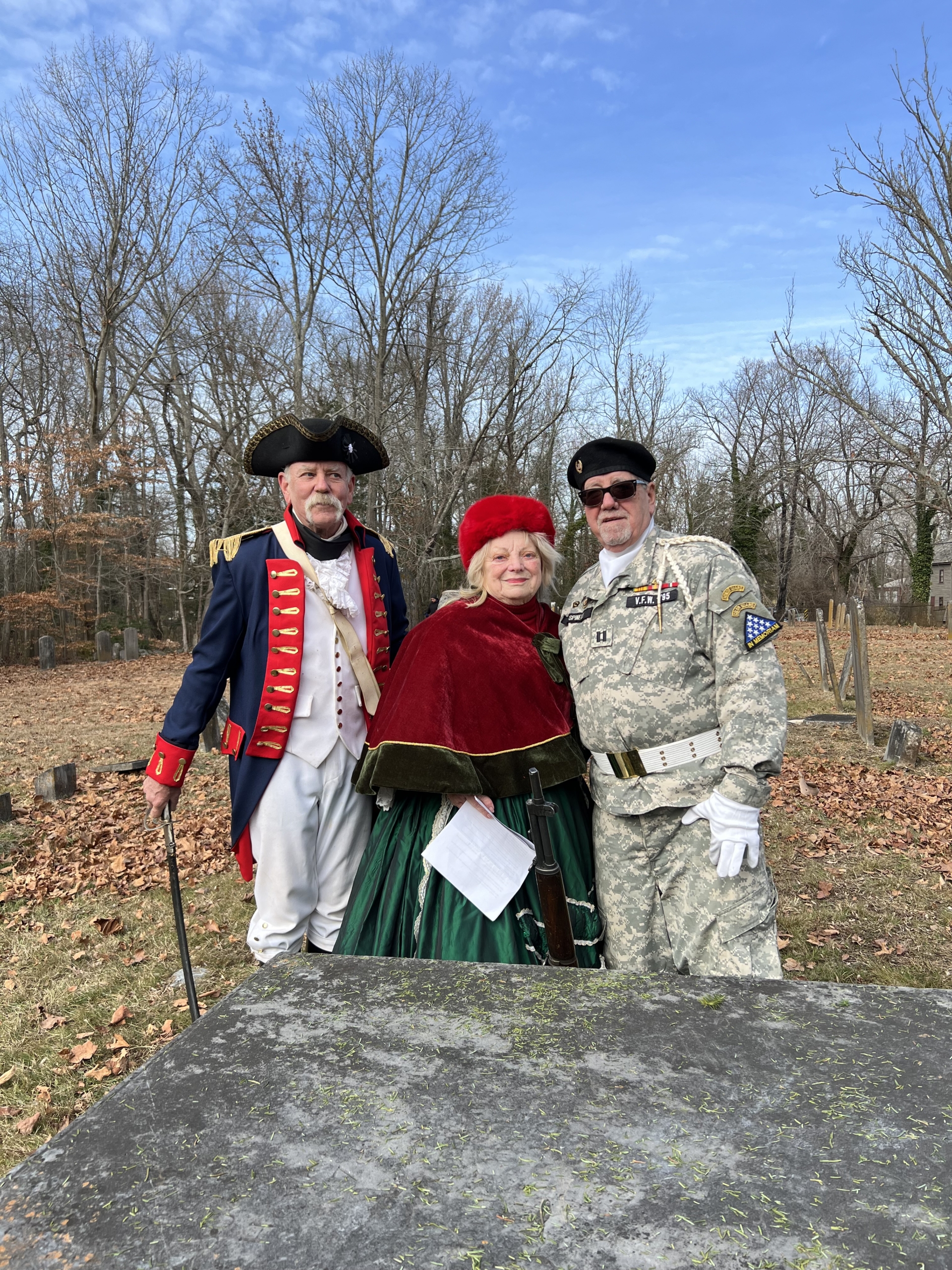The Baja
The area is gated, prohibiting entry of those interested in exploring the location.
The contradictions inherent in Killcohook, one of two Salem County locations belonging to the State of Delaware, may not always be easy to reconcile but they provide a glimpse into how a territorial anomaly like this copes with a dual identity.
Once the home of a bird refuge, Killcohook serves as a disposal site for an Army Corps of Engineers operation that dredges the Delaware River. Its Delaware jurisdiction is derived from the Twelve-Mile Circle of colonial days used to determine the First State’s ownership of land.
Today, Killcohook, referred to as “the Baja” by residents, is described in an October 2022 article on the Shore Local website as having “blossomed into a beautiful piece of land overflowing with foxes, goldfinches, deer, and unfortunately, mosquitoes. Eight-foot-tall river grasses line the unpaved roadway and give the land a wild vibe.” But the article also makes clear that the area is gated, prohibiting the entry of anyone interested in exploring the location. That doesn’t mean that some haven’t tried over the years.
A 1989 U.S. Fish and Wildlife Service report identified that “aside from the Corps of Engineers’ continual dike-building and filling activities, the primary uses of Killcohook are off-road vehicles, hunting, target shooting, a dumping ground for abandoned and stolen automobiles and household trash . . . and general partying. Arson fires usually occur at least once a year. Except for occasional patrols during the hunting seasons, very little law enforcement occurs.”
A 1990 article in the Baltimore Sun confirmed the report by noting that “hunters have bagged deer and ducks there, out of season. Although The Baja borders a wildlife refuge, no one arrested them.”
The problem that plagued New Jersey law enforcement pivots on the fact that Killcohook is not under their jurisdiction and the Army Corps of Engineers does not engage in policing the area. So, in November 1987, when a hunter was found shot in the location, New Jersey police were not allowed to touch the body and could only contact authorities in Delaware. According to the Baltimore Sun article, “The hunter’s death was eventually ruled a suicide—by Delaware authorities. He was a Delawarean on Delaware land,” yet a mere 10 feet away from the New Jersey borderline.
By April 1989, Delaware and New Jersey came to an agreement, “announcing that Pennsville police could enforce New Jersey laws over Delaware territory at Killcohook,” the Baltimore Sun reported, adding, “But Pennsville police remain reluctant to venture into the unpaved Baja,” citing that the department did not have vehicles capable of handling the muddied roads.
According to the Shore Local website article, outsiders reportedly still find ways to enter Killcohook to ride dirt bikes. And rumors circulate that the Jersey Devil has taken up residence there, not far from Artificial Island, Delaware’s second parcel of land within the State of New Jersey.
Artificial Island, the site of the Salem Nuclear Power Plant and the Hope Creek Nuclear Generating Station, is the location recently selected for a planned Wind Port. Announced in 2020, the upcoming project, according to online sources, would facilitate offshore wind power projects for New Jersey and the East Coast.
Perhaps fittingly, reporter Leo H. Carney, who visited the area in 1985 for an article that appeared that year in the New York Times, managed to successfully define the modern relationship of the two Delaware portions of land in South Jersey when he wrote, “Adding to Killcohook’s unattractiveness are large high-voltage towers that march westward like robotic troops heading out into the river. The lines are owned by the Public Service Electric and Gas Company and run to its Salem nuclear-power generating station, a few miles south on the river.” n







